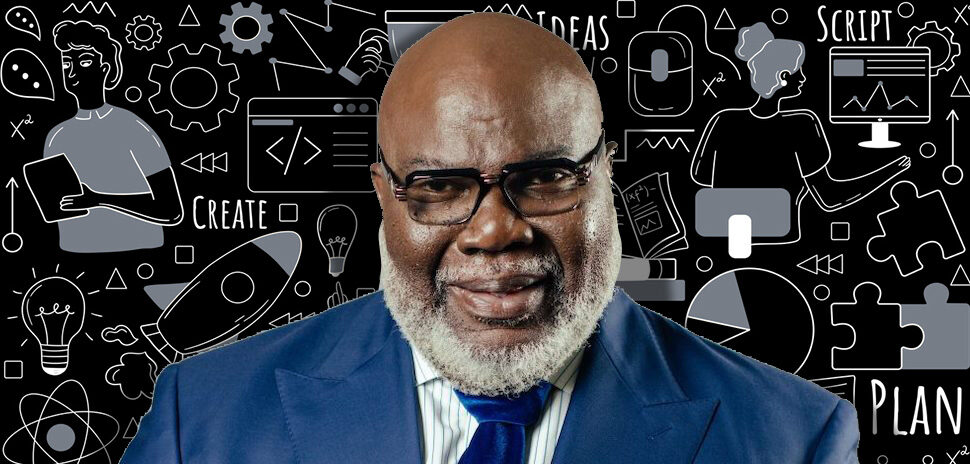A $50 million endowment from the Perot family, The Perot Foundation, and The Sarah and Ross Perot Jr. Foundation to UT Southwestern’s Medical Scientist Training Program (MSTP) will provide a permanent endowment for the program that offers dual M.D./Ph.D. degrees to students.
The MSTP is among the nation’s elite programs that provide graduates a dual M.D./Ph.D. degree to strengthen the advancement of laboratory discoveries into the clinical arena.
‘The continuous advancement of academic medicine’
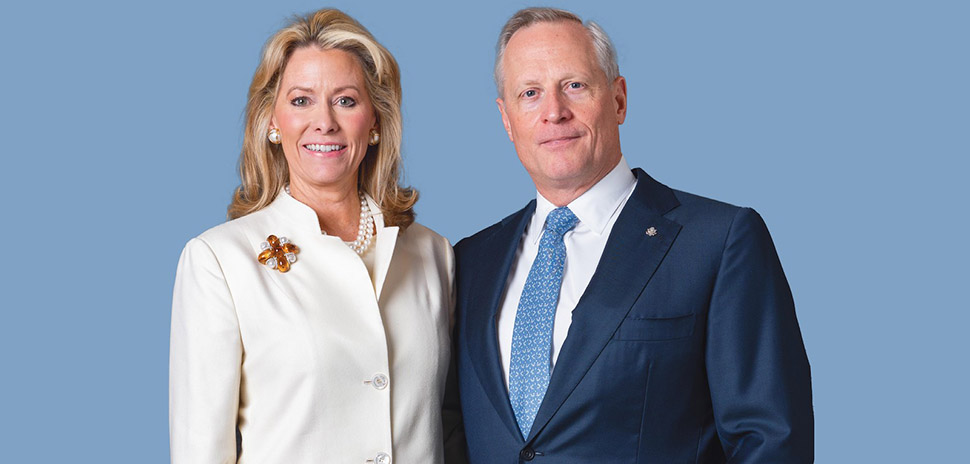
Sarah and Ross Perot, Jr. [Photo: UTSW]
“This extraordinary gift provides a permanent foundation at UT Southwestern for this distinctive dual-degree program that will not only benefit top UT Southwestern students, but also help address a disturbing national trend in the diminishing number of fully trained physician-scientists,” Daniel K. Podolsky, M.D., president of UT Southwestern Medical Center, said in a statement. “The Perot family’s beneficent support further cements their historical commitment to the continuous advancement of academic medicine and its benefits.”
The Perot family’s support will expand the number of students admitted to the dual-degree program as well as research disciplines in which they study, including biomedical engineering, computational biology, bioinformatics, and data science. The funding will enhance the curriculum and experiences of MSTP students and increase efforts to recruit students from elite U.S. colleges, including top international students who want to stay in the United States for their careers.
The permanent endowment supports the Perot Family Scholars Medical Scientist Training Program—one of 54 M.D./Ph.D. training programs in the nation backed by the National Institutes of Health. UTSW said that the program is celebrating its 40th anniversary of graduating top physician-scientists from Dallas-based UT Southwestern Medical School and UT Southwestern Graduate School of Biomedical Sciences, both among the top-ranked schools nationally.
Top UTSW faculty members have their own dual degrees
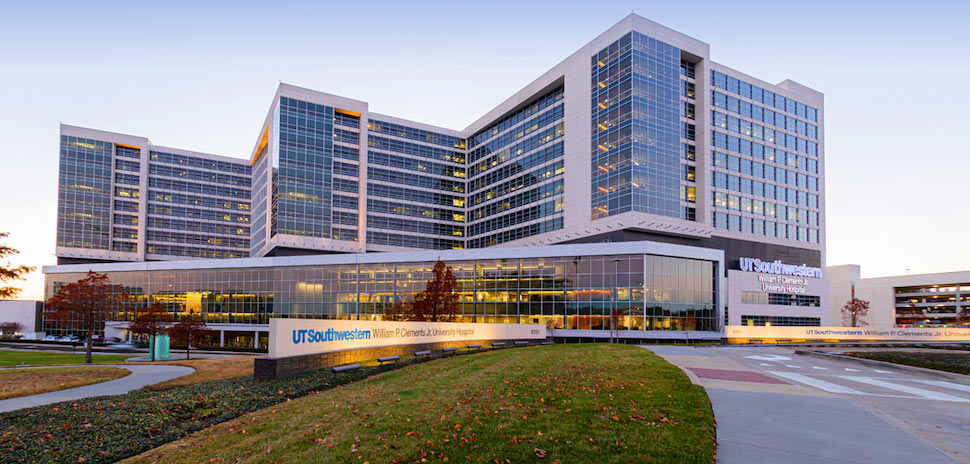
UT Southwestern’s Clements University Hospital [Photo: UTSW]
UT Southwestern’s faculty includes a number of distinguished physician-scientists with the dual degree, including the late Nobel Laureate Alfred G. Gilman, M.D., Ph.D., former Dean of UT Southwestern Medical School; three of UT Southwestern’s 18 members of the National Academy of Medicine; and two of UT Southwestern’s 14 Howard Hughes Medical Institute (HHMI) Investigators, the school said.
Ross Perot Sr. was an ‘enthusiastic supporter’
“Ross was an enthusiastic supporter of the Medical Scientist Training Program because he considered it to be one of our best investments in people and intellect,” Margot Perot, widow of the late H. Ross Perot Sr., said in a statement. “Our family is delighted to sustain our support and association with the MSTP program. We know that it will yield enormous rewards in the years to come. We are certain our funds will go far to train young scientists destined to make significant medical breakthroughs in the future.”
UT Southwestern said the Perot Family Scholars program builds on a legacy that Ross and Margot Perot invested in for the past four decades, beginning in 1987 with a $20 million gift supporting Nobel Laureates Michael Brown, M.D., and Joseph Goldstein, M.D., and the Medical Scientist Training Program. That was followed by more than $23 million in additional support in 1996 for training and biomedical research.
The Perot family has generously supported the Perot Foundation Neuroscience Translational Research Center, mental health programs, and veterans research, including groundbreaking research by Robert Haley, M.D., on Gulf War Syndrome, the center said in a statement.
An “enormously forward-looking’ contribution
“I think the Perot family’s contribution is, as it was back in the 1980s, enormously forward-looking,” Brown said in a statement. “This latest gift will make it possible for us to produce a whole new generation of physician-scientists who will then go on to develop new cures and ultimately the means to prevent many diseases.”
Since its inception in 1978, the M.D./Ph.D. program has graduated nearly 300 physician-scientists with roughly 75 percent going on to faculty positions at academic medical centers, including many prestigious institutions such as Harvard, Yale, Columbia, and Stanford, as well as UT Southwestern, the school said.
UT Southwestern said that 24 of the graduates serve on the faculty at UT Southwestern, where they train the next generation of physician-scientists.
UT Southwestern Medical School is ranked among the top 25 in the U.S. for research and in the top 20 for primary care nationwide by U.S. News & World Report. Only six institutions in the country rated above UTSW in both categories, and UTSW has nationally rated programs in the UT Southwestern Graduate School of Biomedical Sciences, including ranking 25th nationally in biology.
How effective is the dual training in producing top-level researchers and physicians?
The National Institute of General Medical Sciences bridges the gap between basic science and clinical research by providing both graduate training in the biomedical sciences and clinical training offered through medical schools, UTSW said.
A 2014 report by the NIH Physician-Scientist Workforce Working Group, which included Helen H. Hobbs, M.D., professor of Internal Medicine at UTSW and an HHMI Investigator, identified a need to strengthen the biomedical workforce, the school said. In the past three decades, the proportion of physicians engaged in research has declined to approximately 1.5 percent of the overall physician workforce, according to the Physician-Scientist Support Foundation.
Studies from the NIGMS show that NIH MSTP graduates are more likely to have done both research and clinical postdoctoral training, to hold academic appointments, to publish more, and to receive research support. Three-quarters of MSTP graduates who applied were successful in obtaining NIH support.
UT Southwestern is internationally recognized, ranking No. 1 among global healthcare institutions in the 2022 Nature Index for its published research and among the top 20 for global academic life sciences institutions. The school’s faculty includes four active Nobel Laureates, 24 members of the National Academy of Sciences, 18 members of the National Academy of Medicine, and 14 HHMI Investigators.
![]()
Get on the list.
Dallas Innovates, every day.
Sign up to keep your eye on what’s new and next in Dallas-Fort Worth, every day.

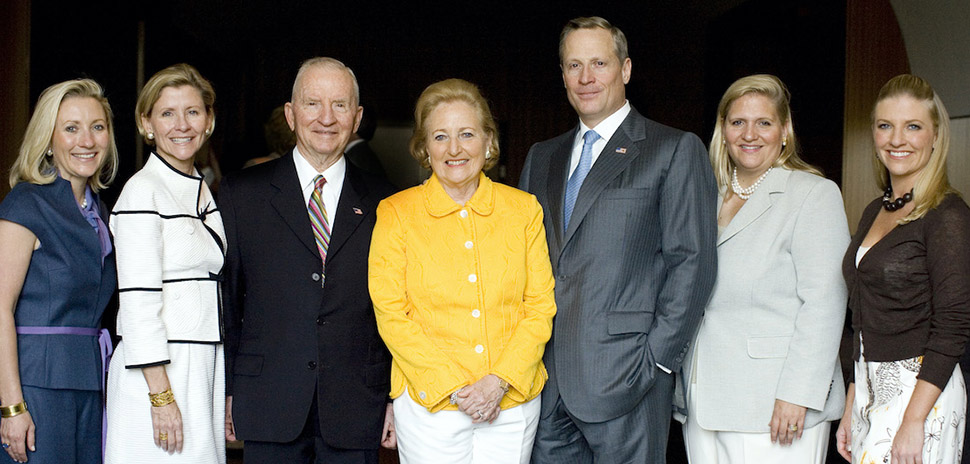
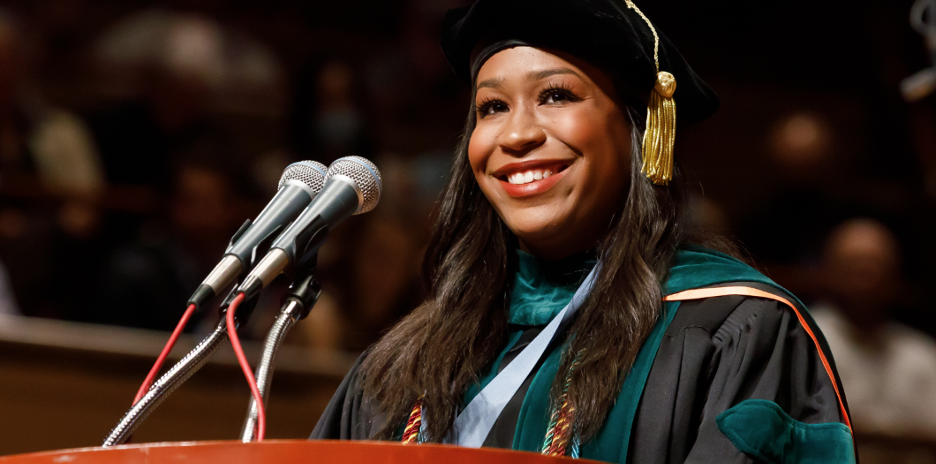
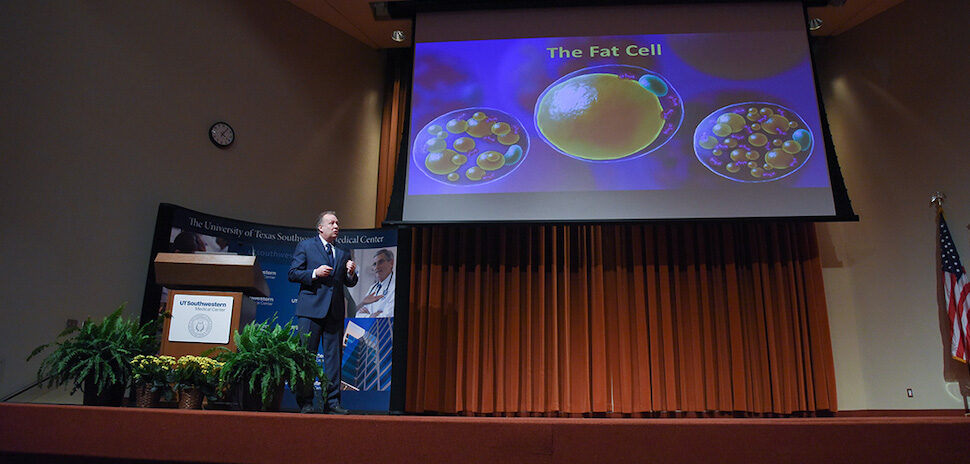
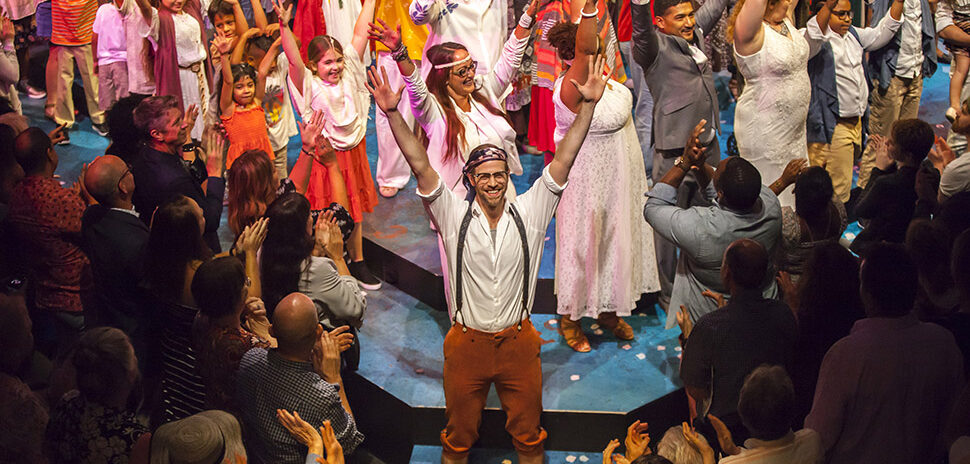
![Southwestern Medical Foundation President and CEO Kathleen Gibson has joined the board of nonprofit LaunchBio. [Image: Southwestern Medical Foundation; istockphoto]](https://s24806.pcdn.co/wp-content/uploads/2022/04/Kathleen-Gibson-LaunchBio-board-970x464.jpg)
